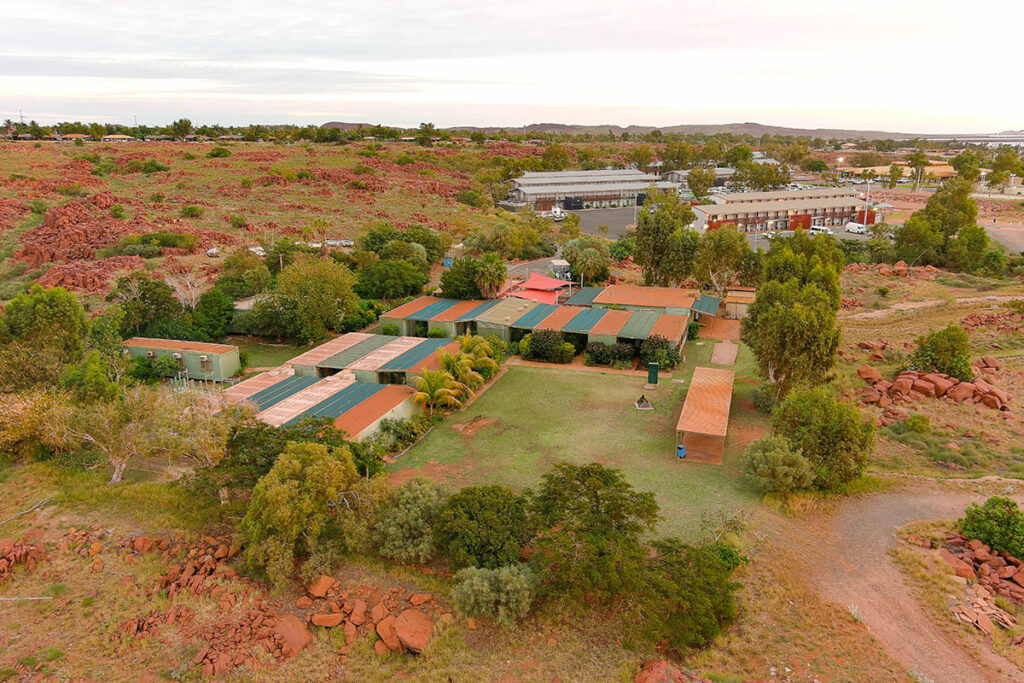
Businesses increasingly recognise the importance of building strong partnerships and securing donations. Establishing a network of partners and donors can enhance a company’s reputation, provide vital resources, and create opportunities for growth.
Understanding the Importance of Partnerships and Donations
Partnerships and donations play a pivotal role in the sustainability and success of a business. Collaborating with other organisations allows businesses to leverage resources, share expertise, and access new markets. Meanwhile, donations can provide crucial funding for initiatives that align with a company’s mission, fostering community goodwill and enhancing brand reputation.
At Fairbridge, the collective power of partners and donors has significantly contributed to the organisation’s mission. By forming alliances with like-minded entities, Fairbridge can expand its reach and enhance the services it offers to the community. This model illustrates how cultivating partnerships and fostering donor relationships can lead to mutual benefits.

Identifying Potential Partners and Donors
The first step in cultivating partnerships and donors is identifying individuals and organisations that align with your business’s values and objectives. Consider the following approaches:
1. Research and Networking
Conduct thorough research to identify potential partners and donors. Look for organisations that share similar goals and values. Networking events, industry conferences, and community forums provide excellent opportunities to meet potential collaborators. Engaging with local business groups and chambers of commerce can also facilitate connections.
2. Define Your Value Proposition
Clearly articulate what your business can offer to potential partners and donors. A compelling value proposition highlights the benefits of collaboration, whether it’s increased visibility, access to new markets, or shared resources. For instance, Fairbridge demonstrates the value of its partnerships by showcasing the impact of donor contributions on community programs and initiatives.
Building Relationships
Once you’ve identified potential partners and donors, focus on building and nurturing relationships. Here are some effective strategies:
1. Personalised Outreach
Avoid generic communications. Instead, tailor your outreach efforts to each potential partner or donor. Highlight specific reasons why a collaboration would be beneficial and demonstrate an understanding of their goals and objectives. Personalised emails, phone calls, or even face-to-face meetings can make a significant difference in establishing a rapport.
2. Engage Through Shared Activities
Involving potential partners and donors in activities that align with your business’s mission can foster deeper connections. Organise workshops, seminars, or volunteer opportunities that provide a platform for collaboration. Fairbridge successfully engages partners through community events, showcasing the impact of their contributions while creating an environment for networking.
3. Communicate Regularly
Maintain open lines of communication with your partners and donors. Regular updates on your business’s progress, upcoming initiatives, and success stories can keep them engaged and invested in your mission. Consider newsletters, social media updates, or personalised check-ins to share relevant information and express gratitude for their support.
Demonstrating Impact
To cultivate lasting partnerships and donor relationships, it’s essential to demonstrate the impact of their contributions. Highlighting how their support has made a difference can strengthen bonds and encourage ongoing involvement.
1. Share Success Stories
Create compelling narratives around the successes achieved through partnerships and donations. Fairbridge shares stories of how partnerships have led to tangible improvements in community programs. These narratives not only showcase the effectiveness of the collaboration but also inspire others to join in.
2. Use Data and Metrics
Quantitative data can significantly enhance your storytelling. Share metrics that illustrate the impact of contributions, such as the number of beneficiaries reached, funds raised, or projects completed. This evidence not only builds credibility but also demonstrates accountability to partners and donors.

Acknowledging Contributions
Recognition is crucial in maintaining strong relationships with partners and donors. Acknowledging their support can foster goodwill and encourage continued involvement.
1. Public Acknowledgment
Publicly recognising partners and donors can enhance their reputation and visibility within the community. Consider featuring them on your website, in newsletters, or during events. This recognition not only shows appreciation but also reinforces their decision to collaborate with your business.
2. Personal Thank You Notes
Don’t underestimate the power of a simple thank you. Personalised notes expressing gratitude can go a long way in solidifying relationships. Take the time to recognise specific contributions and their impact, creating a sense of appreciation that can strengthen ties.
Long-term Engagement
Building successful partnerships and donor relationships is not a one-time effort but an ongoing process. Focus on cultivating long-term engagement strategies.
1. Continuous Improvement
Regularly assess the effectiveness of your partnerships and donor relationships. Seek feedback to understand what is working and where improvements can be made. Adapt your approach based on this feedback to ensure that the relationship remains mutually beneficial.
2. Create Opportunities for Growth
Identify opportunities for partners and donors to become more involved in your business. This could include inviting them to join advisory boards, participate in strategy sessions, or collaborate on new projects. Such engagement not only deepens relationships but also fosters a sense of ownership in your mission.
Conclusion
Cultivating partners and donors is essential for any business aiming to enhance its impact and sustainability. By understanding the importance of these relationships, identifying potential collaborators, building strong connections, demonstrating impact, and recognising contributions, businesses can create a thriving network of support.










